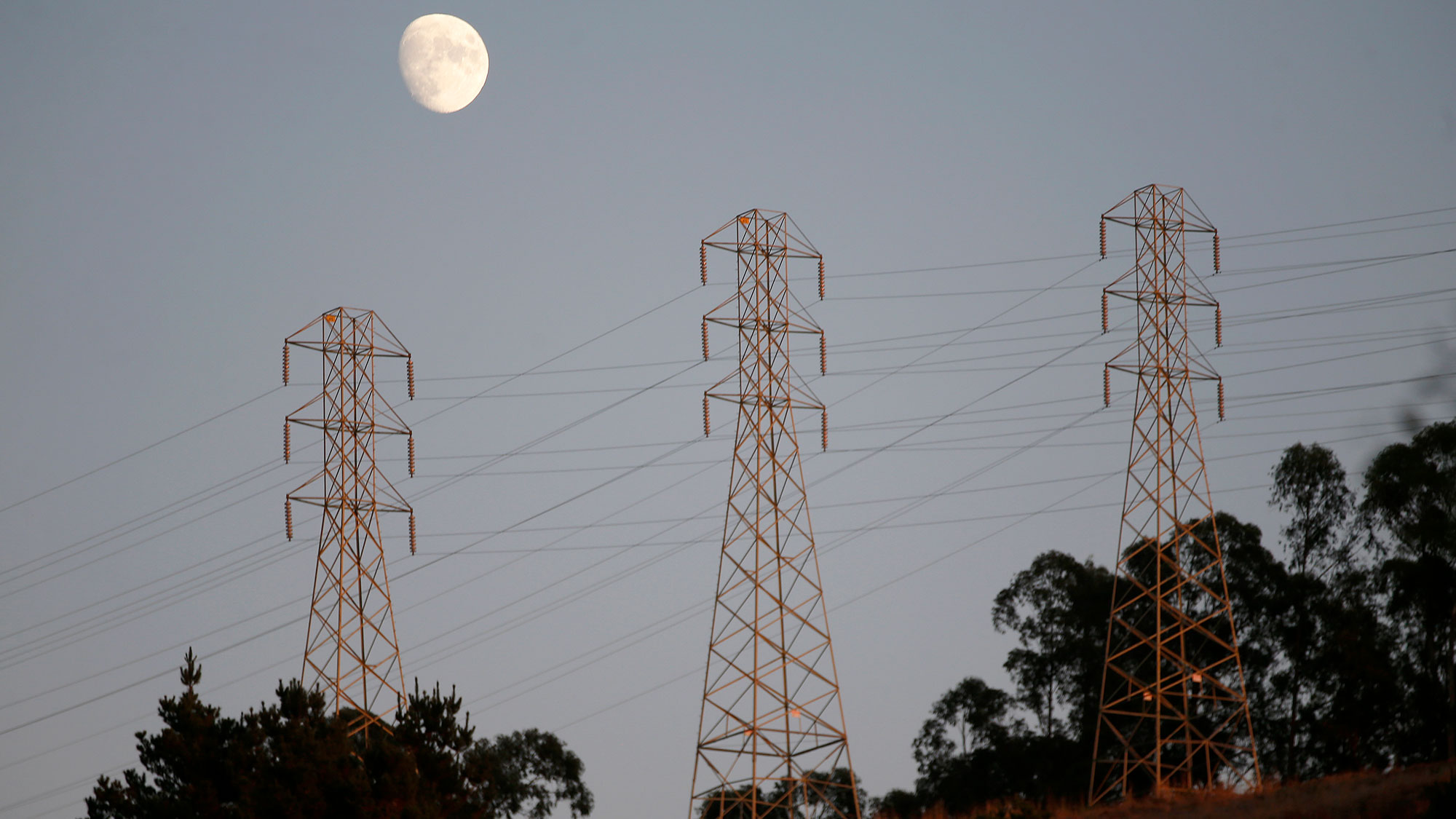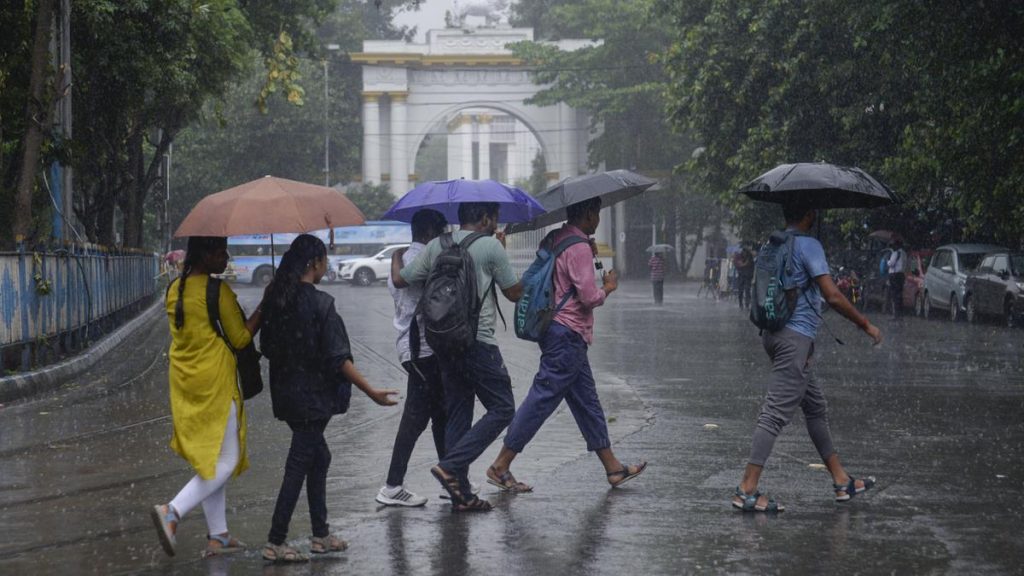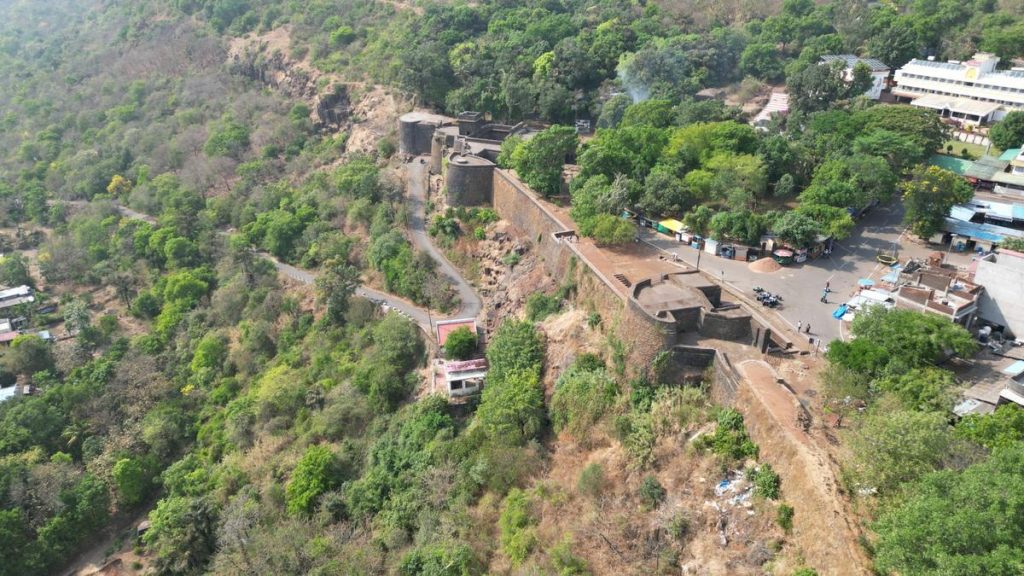Now Reading: Oakland Joins National Battle Over Public Power
-
01
Oakland Joins National Battle Over Public Power
Oakland Joins National Battle Over Public Power

Quick Summary
- Zoe Jonick and climate advocates from 350 Bay Area urged the Oakland City Council to support SB 332, a California state bill exploring public power as an alternative to investor-owned utilities (like PG&E).
- SB 332 proposes safety and equity measures, caps rate hikes, prevents disconnections for vulnerable customers, and mandates equipment audits.
- The Oakland City Council pulled the resolution supporting SB 332 from its agenda due to procedural concerns.
- PG&E is Oakland’s second-largest employer with substantial philanthropic influence.Critics expressed fear that pushing public-power measures might jeopardize PG&E charitable grants in the city.
- PG&E denied such claims, asserting commitment to advancing energy equity and resilience. However, during a prior Senate hearing on SB 332, a company lobbyist warned against “operational complexities” tied to transitioning energy infrastructure.
- Public-power campaigns face resistance nationally-Oakland’s efforts follow failures in cities like San Diego or states such as Maine. Advocates argue it could led to cheaper utility bills and better reliability but detractors worry about job losses and high transitional costs.
Indian Opinion Analysis
The debate over shifting toward public power exposes fundamental tensions between environmental goals, economic realities, and political influence over utilities servicing communities like Oakland. While advocates highlight systemic flaws – frequent rate increases paired with unreliable service disproportionately affecting marginalized communities – the economic entanglements of companies like PG&E (both as major employers and philanthropists) complicate decisive action.
For India, this issue serves as a case study of governance challenges posed by privatized essential services versus publicly-owned alternatives-a growing debate amid India’s own push toward electricity reform under decarbonization objectives.urban centers in India navigating similar affordability-reliability dilemmas could learn from examining how socio-economic pressures intersect with large private utility operations elsewhere globally.



























